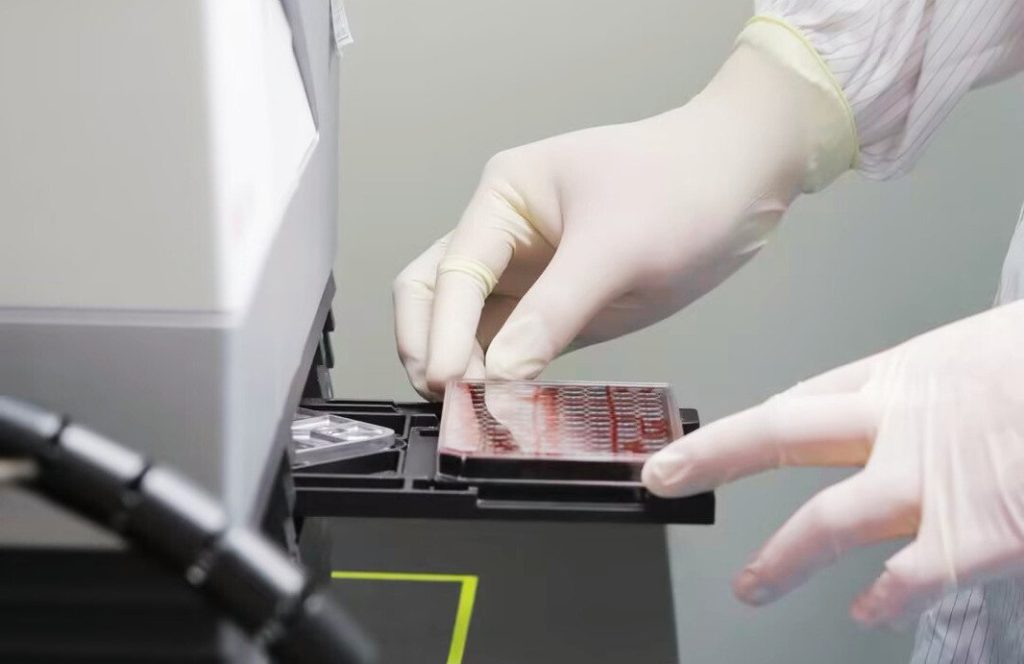Frequently Asked Questions about Protease Inhibitors Test
In protease inhibitor testing, common problems and their solutions include:
Inappropriate gel concentration: Low concentration gel should be used for high molecular weight proteins, while high concentration gel should be used for small molecule proteins.
Non specific bands: Multiple bands may appear due to the target protein having multiple modification sites, such as phosphorylation sites, glycosylation sites, acetylation sites, etc. The solutions include using monoclonal antibodies with good specificity, detecting non-specific binding of secondary antibodies, and avoiding repeated freezing and thawing of samples.
Film blank: The problem may be due to the strong HRP activity of the secondary antibody, which leads to substrate depletion; H2O2 in ECM substrate is unstable and inactive; ECL substrate did not cover the corresponding position; Or secondary antibody inactivation.
The target band is white and has a background: it may be due to the high content of the target protein or the high concentration of the primary antibody, which leads to the strong catalytic activity of HRP on the secondary antibody.
Phosphorylated protein detection: For cytoplasmic or membrane proteins, it is recommended to use mild detergents and add NaF phosphorylase inhibitors.
PMSF is unstable in water: PMSF has limited and extremely unstable solubility in aqueous solutions and should be added to a buffer zone immediately before use.
The advantages of protease inhibitor Cocktail: Compared to PMSF, protease inhibitor Cocktail provides more comprehensive protein protection, is safer, has lower toxicity, and has a faster inhibitory effect and longer half-life.
Through the above measures, common problems in protease inhibitor testing can be effectively solved, ensuring the accuracy and reliability of experimental results.
Share on:
Facebook
Twitter
Pinterest
WhatsApp
Recent posts
We recommend


